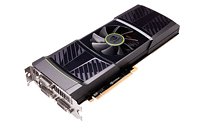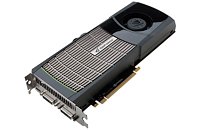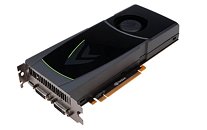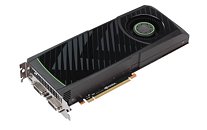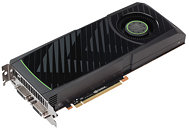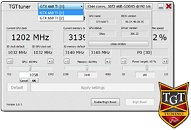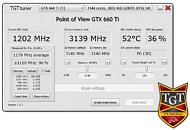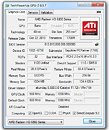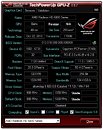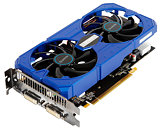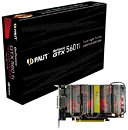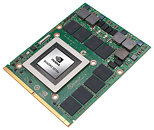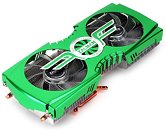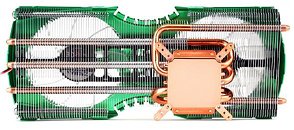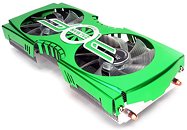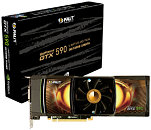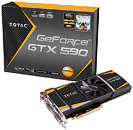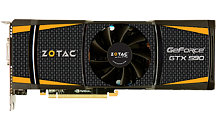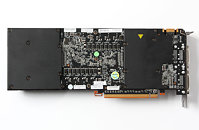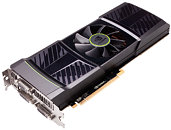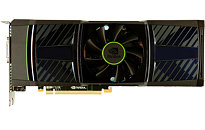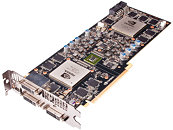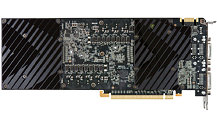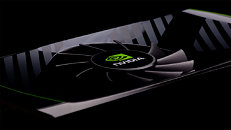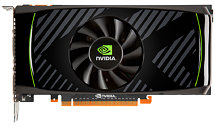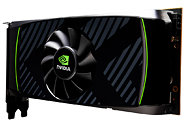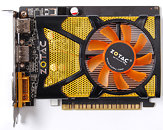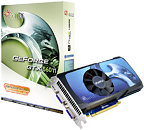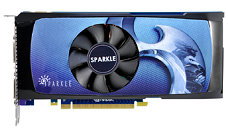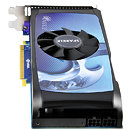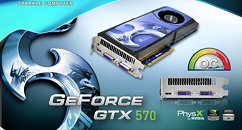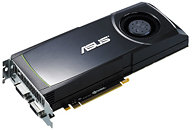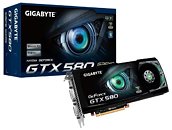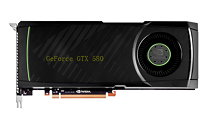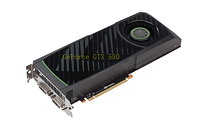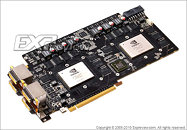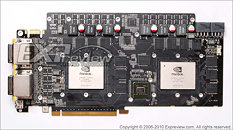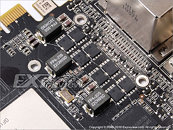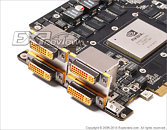Zotac is another NVIDIA partner who isn't pleased that the GeForce GTX 480 isn't holding performance leadership, but has the engineering potential to outdo it. Earlier in June, Galaxy showed off a
dual Fermi graphics card that makes use of two GF100 graphics processors in the GeForce GTX 465 configuration. Zotac waited for a more mature implementation of the Fermi architecture, found out that the GF104-based GeForce GTX 460 isn't lacking much in performance compared to the GTX 465, with vastly better thermal specifications, and went on to design its latest high-end card, which it now refers to as the Zotac GeForce GTX 460 X2. The card makes use of two GeForce GTX 460 1 GB GPUs in an internal SLI, much like every other dual-GPU NVIDIA card.
The card uses an NVIDIA nForce 200 bridge chip to semaphore and broadcast data between the two GPUs, a dual 3+1+1 phase VRM that draws power from two 8-pin PCI-E power connectors, and display connectivity is relayed to the rear-panel from both the GPUs, that's four dual-link DVI, and one mini-HDMI. What this also means is that with just this one card, you can use the 3D Vision Surround feature, while retaining SLI multi-GPU scaling. If that's not all, there's a SLI connector, which lets you pair this with another card of its kind, for GTX 460 Quad-SLI. Zotac is yet to finalize a cooling solution to suit it best. GF104 could be NVIDIA's easiest route to a dual-GPU graphics card that establishes performance leadership. The GF104 physically has 384 CUDA cores (336 on Zotac's card, since it's in the GTX 460 configuration), and has shown to be capable of high GPU/Shader clock speeds. More details about Zotac's card are awaited.

